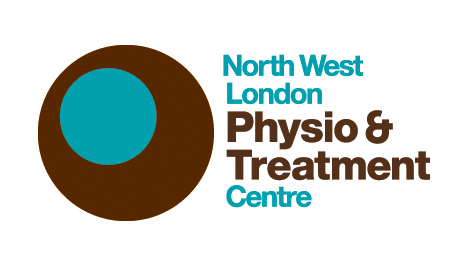
Hypermobility
Most specialists agree that Hypermobility can be viewed as a spectrum of disorders. At one end of the spectrum a person’s joints simply move more than most people’s joints. This is commonly referred to as Benign Joint Hypermobility. Many people with this condition experience mildly irritating symptoms if any at all.
At the other end of the spectrum are Marfan Syndrome and Ehlers–Danlos Syndrome Vascular Type. The group is commonly referred to as Hypermobility Syndrome (HMS).
General symptoms may include:
-
Increased laxity of joints
-
Fragile Joints, muscles, tendons and ligaments
-
Muscle and joint pain, particularly pain that worsens through the day better after rest
-
Bruising
-
Fatigue
-
Poor balance
-
Digestive conditions
-
Gait problems
-
Increased risk of hernias and varicose veins
-
Anxiety
It is well documented that exercise prescribed by a physiotherapist is the first line of conservative treatment for hypermobility.
At your appointment a full case history will be taken so that your specialist physiotherapist can gain a clear understanding of your problem. A treatment plan will be discussed and devised specifically for you with the aim of managing symptoms such as reducing pain, improving muscle strength and function and correcting the movement of specific joints.
If you are suffering from Hypermobility and wish to make an appointment or discuss your symptoms with a physiotherapist call the clinic on
0208 202 8322






